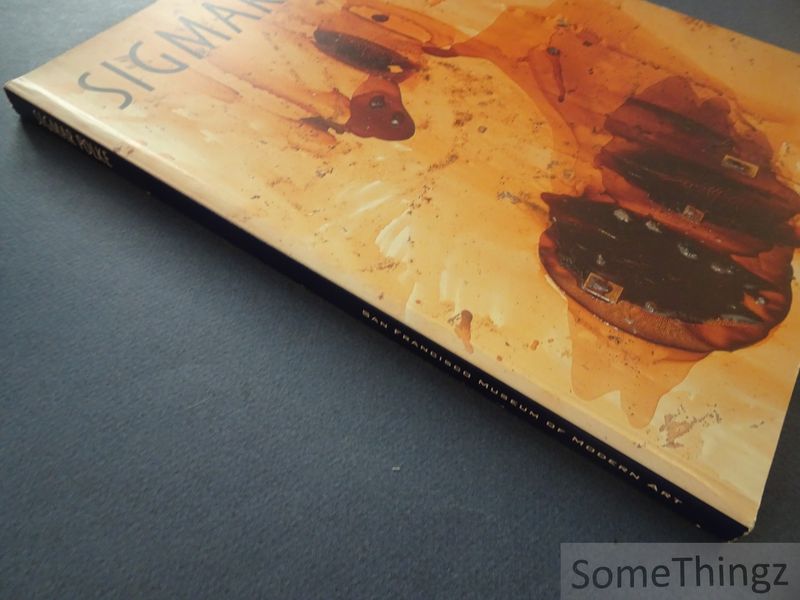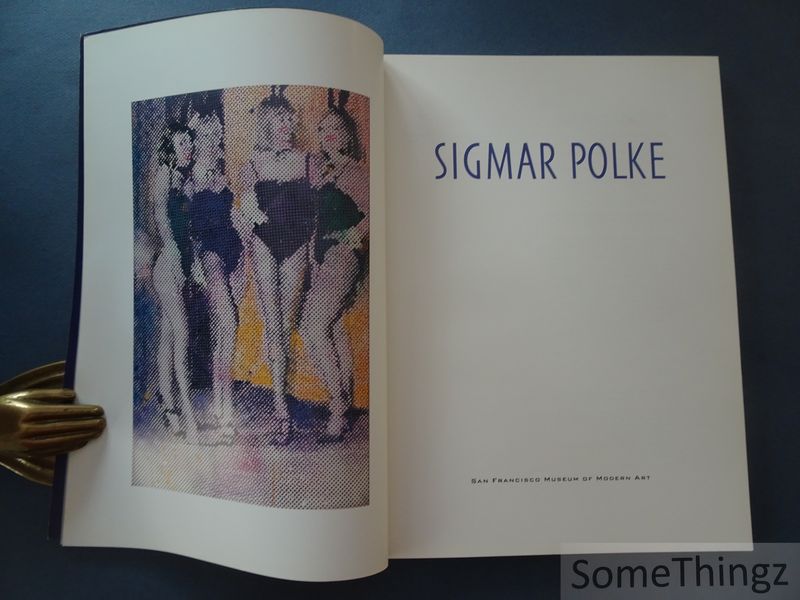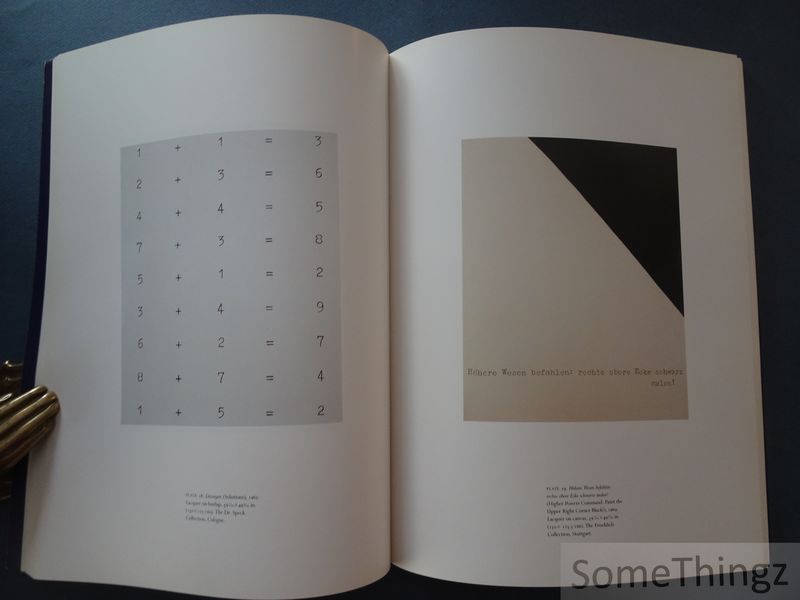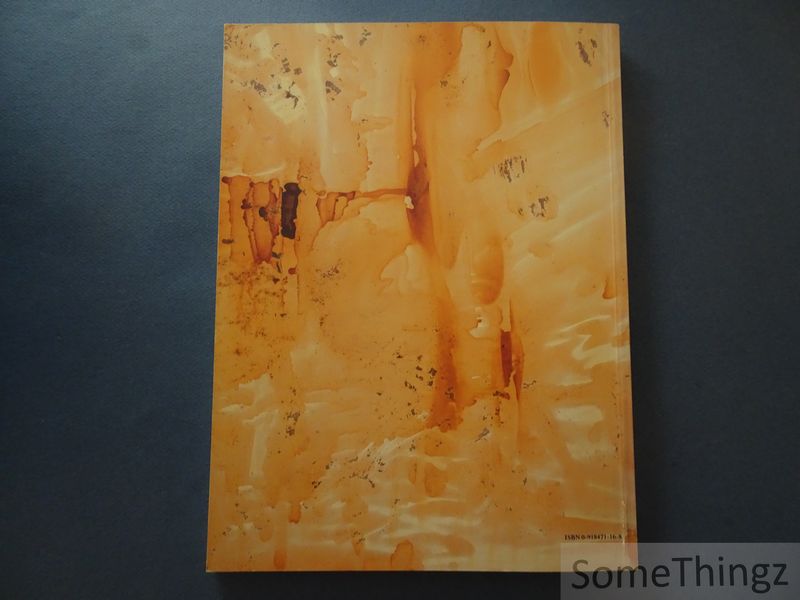BOOKS
Fronie Simpson (edit). / John R. Lane, James J. Demetrion, Kevin E. Consey, Robert T. Buck et aL (text).
Sigmar Polke. Exhibition at the San Francisco Museum of Modern Art.
San Francisco Museum of Modern Art, 1990.
€ 19.50
Paperback, 152pp., 23x30.5cm., richly illustr. in col., in very good condition (name on first blanc page). ISBN: 0918471168.
Published on the occasion of a major traveling exhibition, this sumptuously illustrated volume delves into the complex work of German artist Sigmar Polke, examining his remarkably inventive and vitalizing contribution to the art of painting. The broad scope of Polke?s explorations, enthusiasms, and engagements makes the task of defining his achievements an elusive endeavor, yet this ambiguity can be seen as emblematic of the condition of Western culture at the close of the twentieth century. John Caldwell offers an overview of Polke?s artistic production, tracing explorations ranging from depictions of consumer desire to experiments in consciousness, and Katharina Schmidt takes a close look at the artist?s works on paper. Peter Schjeldahl locates the greatest significance of Polke?s artistic output in an attitude of skepticism and sarcastic shamanism that both enacts and counters the ?disintegration of the self in a hypertrophic culture.? Personal recollections by the collector Reiner Speck, a reflection on color by Michael Oppitz, and a poetic ode to Polke by artist John Baldessari open up new viewpoints on the artist?s work. Finally, more than ninety color plates illustrate Polke?s wide-ranging oeuvre. This comprehensive volume offers an in-depth exploration of Sigmar Polke's multifaceted artistic practice. Through essays by prominent art historians and critics, the book examines Polke's innovative use of materials and techniques, his engagement with socio-political themes, and his contributions to contemporary art discourse. The publication provides critical analyses of his paintings, works on paper, and mixed-media pieces, situating them within the broader context of postwar art movements and cultural developments. With over ninety color plates, the book serves as both a scholarly resource and a visual compendium of Polke's diverse oeuvre. Sigmar Polke: Born in 1941 in Oels, Silesia (now Ole?nica, Poland), Sigmar Polke was a German painter and photographer known for his experimental approach to art. He studied at the Kunstakademie Düsseldorf and co-founded the "Capitalist Realism" movement with Gerhard Richter and Konrad Lueg. Polke's work is characterized by its use of unconventional materials, satirical content, and exploration of themes such as consumerism and political authority. He passed away in 2010 in Cologne.








